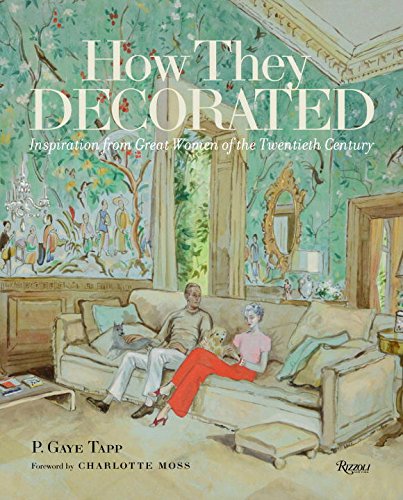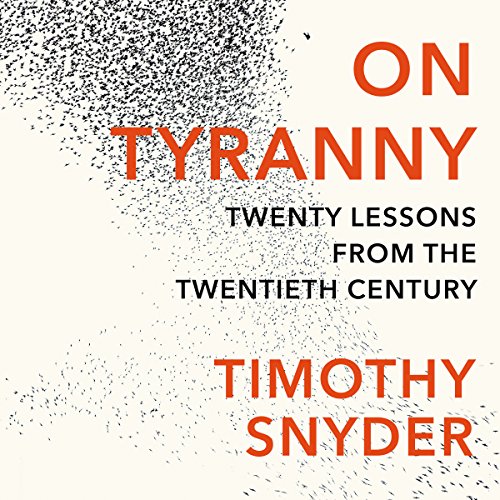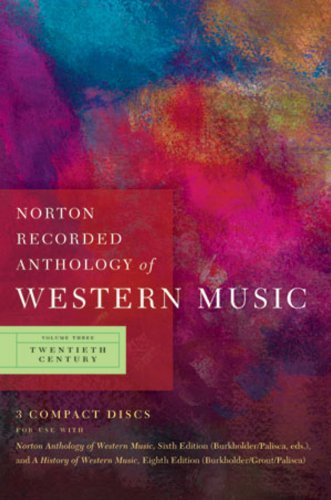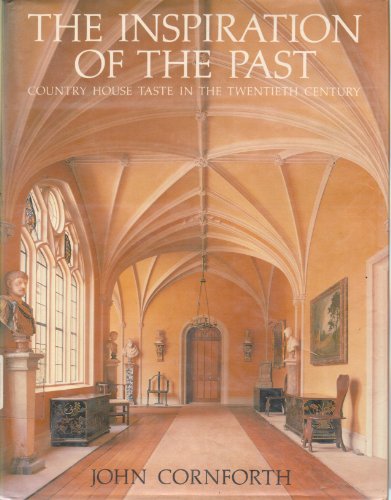
How They Decorated illustrates some of the great rooms of the twentieth century, whose stylish residents influence our tastes today.
Gloria Vanderbilt cleverly noted, “Decorating is autobiography.” Reflecting that truism, the interiors in this book capture the individual approaches of these icons of style: Bunny Mellon’s spare all-American elegance; Hélène Rochas’s refined sophistication; Vanessa Bell’s colorful bohemianism; Mona von Bismarck’s breezy opulence; and Georgia O’Keeffe’s earthy chic. Author P. Gaye Tapp analyzes each of her subjects’ refined way of living, how she embellished her residences (or left them elegantly stark), and the long-lasting effects on today’s generation of designers and connoisseurs of beauty.
The book is presented in four sections that describe the aesthetic approaches that the ladies took in decorating their abodes: “The Fashionably Chic”, “The Unconventional Eye”, “In the Grand Manner”, and “Legacy Style”. Each interior illustrates the crucial aspect of the lady’s definitive taste. Some worked closely with decorating legends such as John Fowler, Albert Hadley, Billy Baldwin, Syrie Maugham, and Jean-Michel Frank. Others took to the task of decorating single-handedly—like Pauline Trigère, Sybil Connolly, Vita Sackville-West, and Fleur Cowles. The interiors of these trendsetting ladies defied their time and inspire and delight to this day. In How They Decorated, one can learn from the most notable style muses of the last century.



